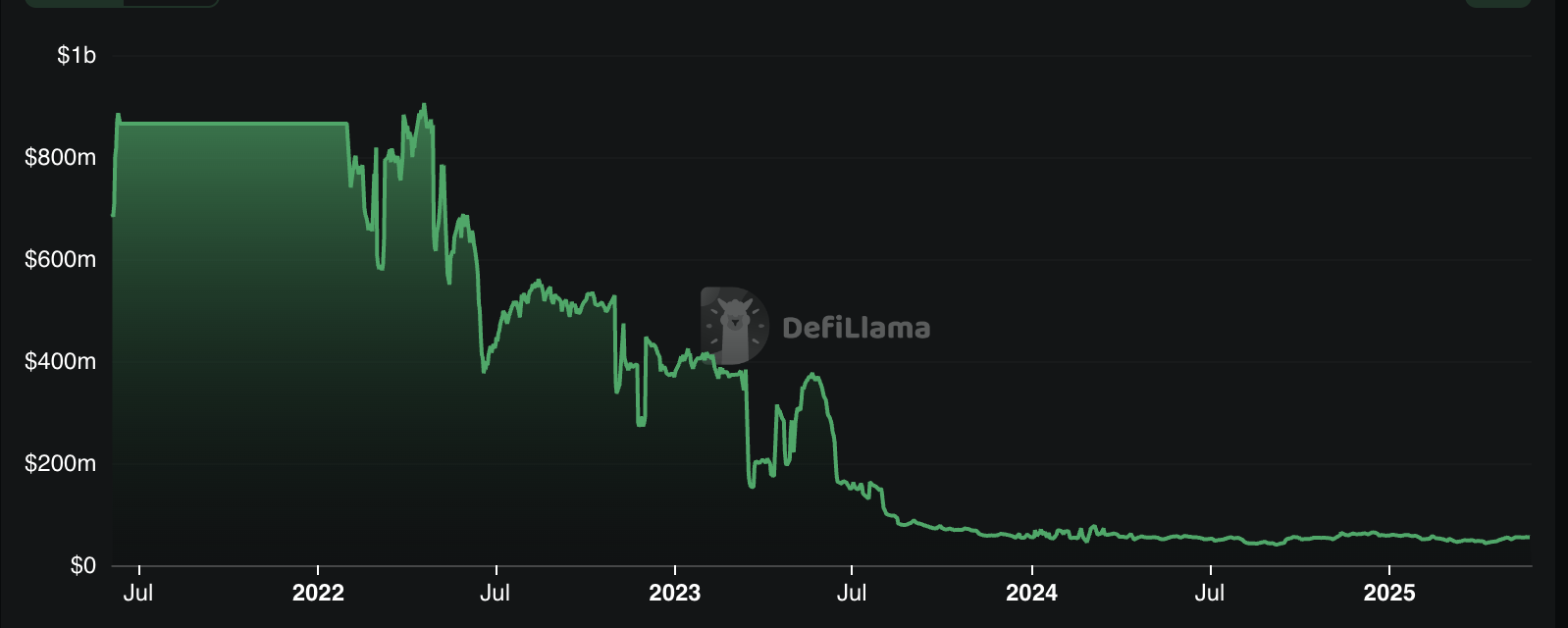As the 2024 presidential race heats up, the financial implications of campaign promises from former President Donald Trump and Vice President Kamala Harris have come under scrutiny. A recent study from the Committee for a Responsible Federal Budget (CRFB), a nonpartisan think tank, reveals that the proposals put forth by these two candidates could add a staggering $10.6 trillion to the national debt over the next decade.
Trump’s Costly Agenda
The CRFB’s analysis highlights that Trump’s proposed tax and spending plans are significantly more expensive than those of Harris. The think tank estimates that Trump’s agenda would increase the national debt by approximately $7.5 trillion over the next ten years. Key elements of Trump’s proposal include:
- Extension of the Tax Cuts & Jobs Act (TCJA): Trump aims to make permanent the tax cuts introduced during his presidency, which primarily benefited corporations and high-income earners.
- New Tax Cuts for Corporations: Additional reductions for businesses could incentivize investment but would also diminish federal revenue.
- Increased Military Spending: Trump’s administration has historically favored a robust military budget, suggesting an expansion of current expenditures.
- Border Security Enhancements: Proposals to ramp up border security efforts and immigration enforcement would incur additional costs.
- Tax Relief Initiatives: Ending taxes on overtime pay and Social Security benefits, alongside increasing support for housing and health care, could further strain the federal budget.
Harris’ Financial Vision
On the other side of the political spectrum, Vice President Harris’ proposals are expected to add about $3.5 trillion to the national debt within the same time frame. Her agenda includes several ambitious initiatives aimed at bolstering social safety nets and economic support for families:
- Expansion of the Child Tax Credit: Harris plans to significantly enhance this credit, providing more financial support to families.
- Investment in Housing and Health Care: Her proposals include increased funding for affordable housing and expanded health care services.
- Support for Child Care and Education: Investments in preschool and child care, alongside tax breaks for education, are central to her platform.
- Long-Term Care and Paid Leave: Harris emphasizes the need for policies that support long-term care and offer paid leave for workers, which would necessitate significant government spending.
Common Ground
Interestingly, both candidates share a few common goals, notably their commitment to boost border security and eliminate taxes on tips. Despite these overlaps, the financial burdens of their respective agendas are vast and potentially detrimental to the nation’s fiscal health.
Also Read: KAMA Coin Surges 9.4% Following Putin’s Endorsement Of Kamala Harris
The implications of Trump and Harris’ campaign promises are clear: the national debt could swell by an eye-watering $10.6 trillion, raising alarms among fiscal conservatives and budget hawks. As voters weigh their options in the upcoming election, understanding the financial ramifications of each candidate’s policies will be crucial in determining the direction of the country’s economic future. With such significant potential debt increases, the discussions surrounding budgetary responsibility and economic sustainability are bound to intensify in the months ahead.









